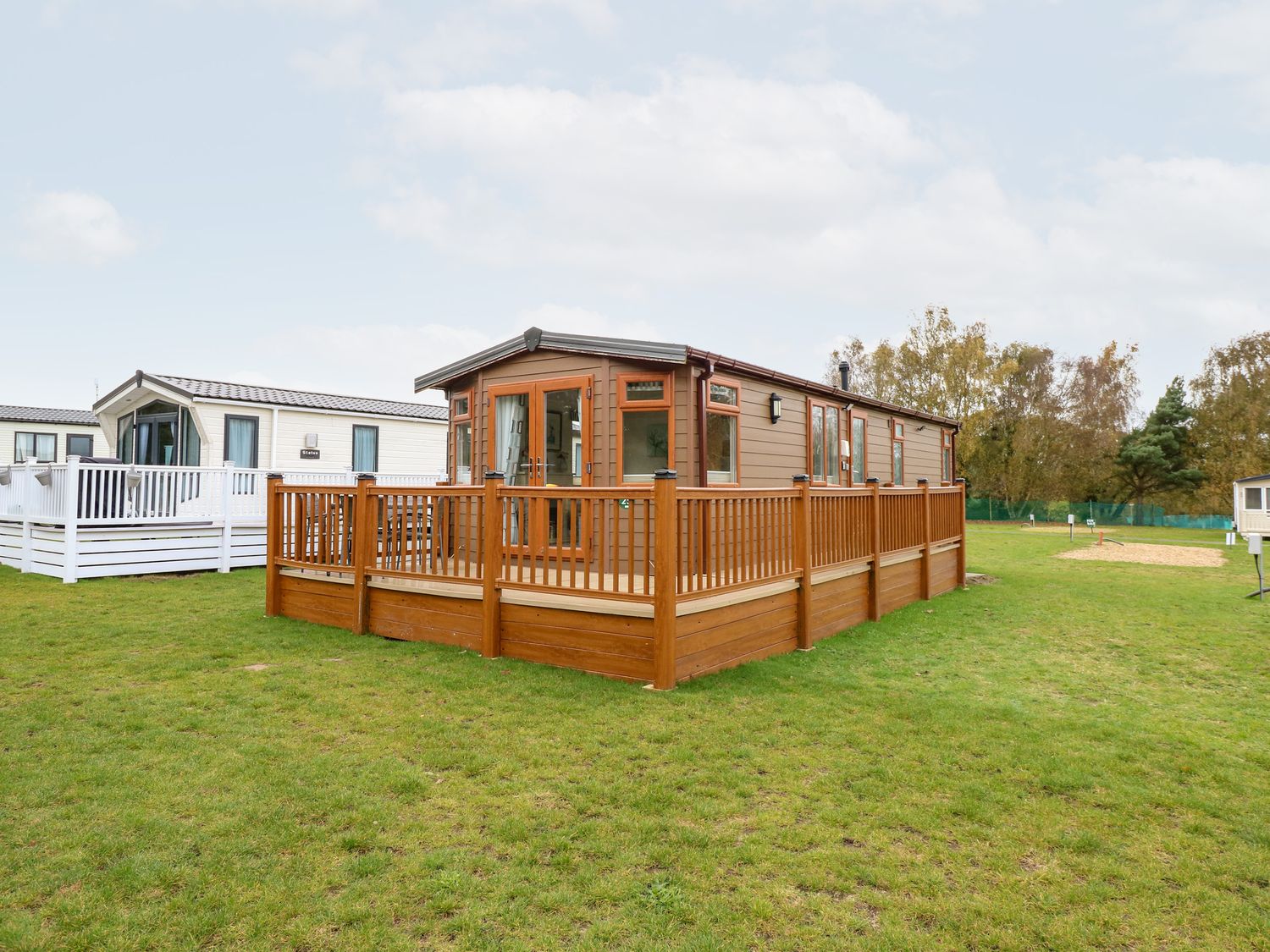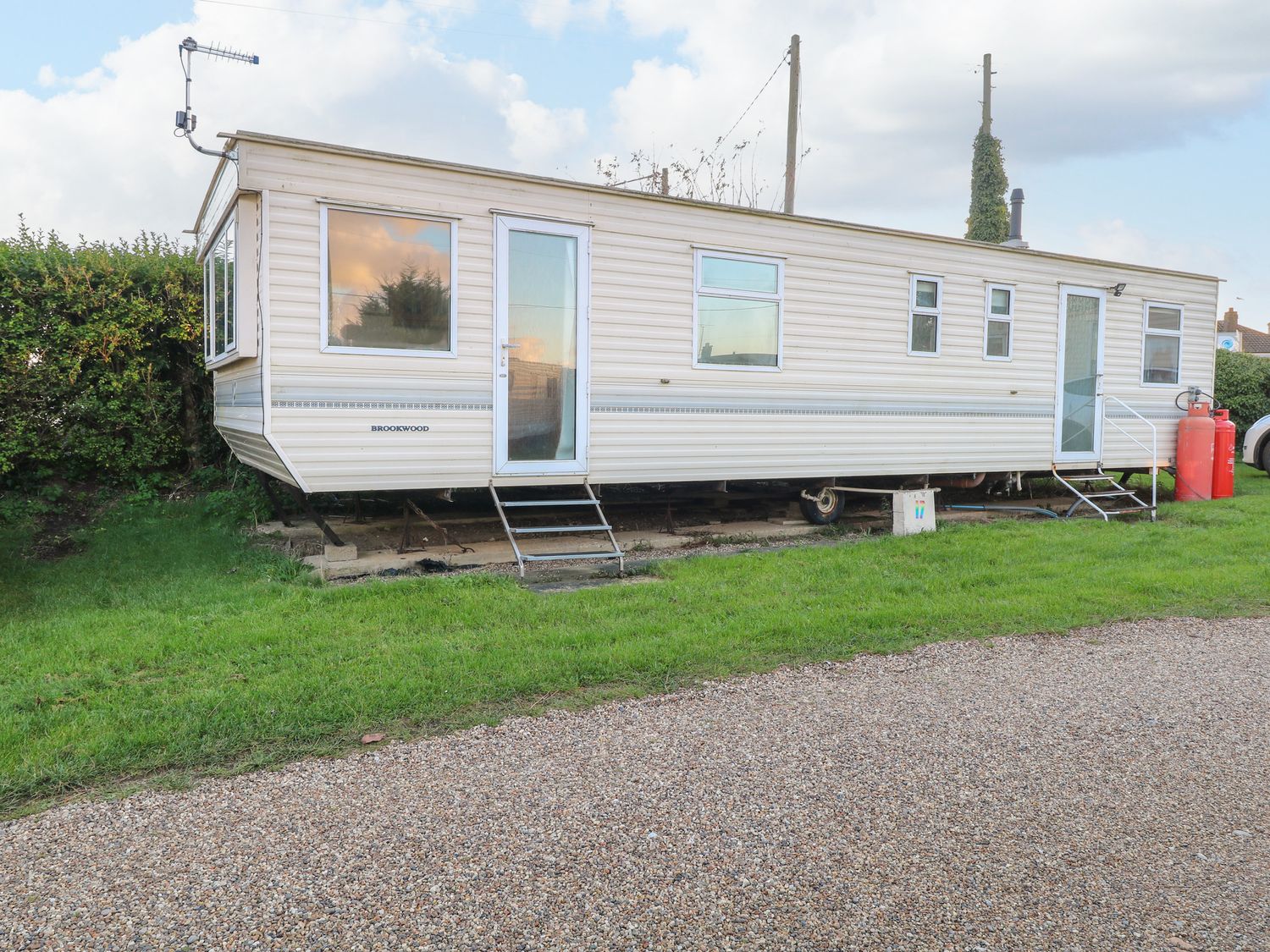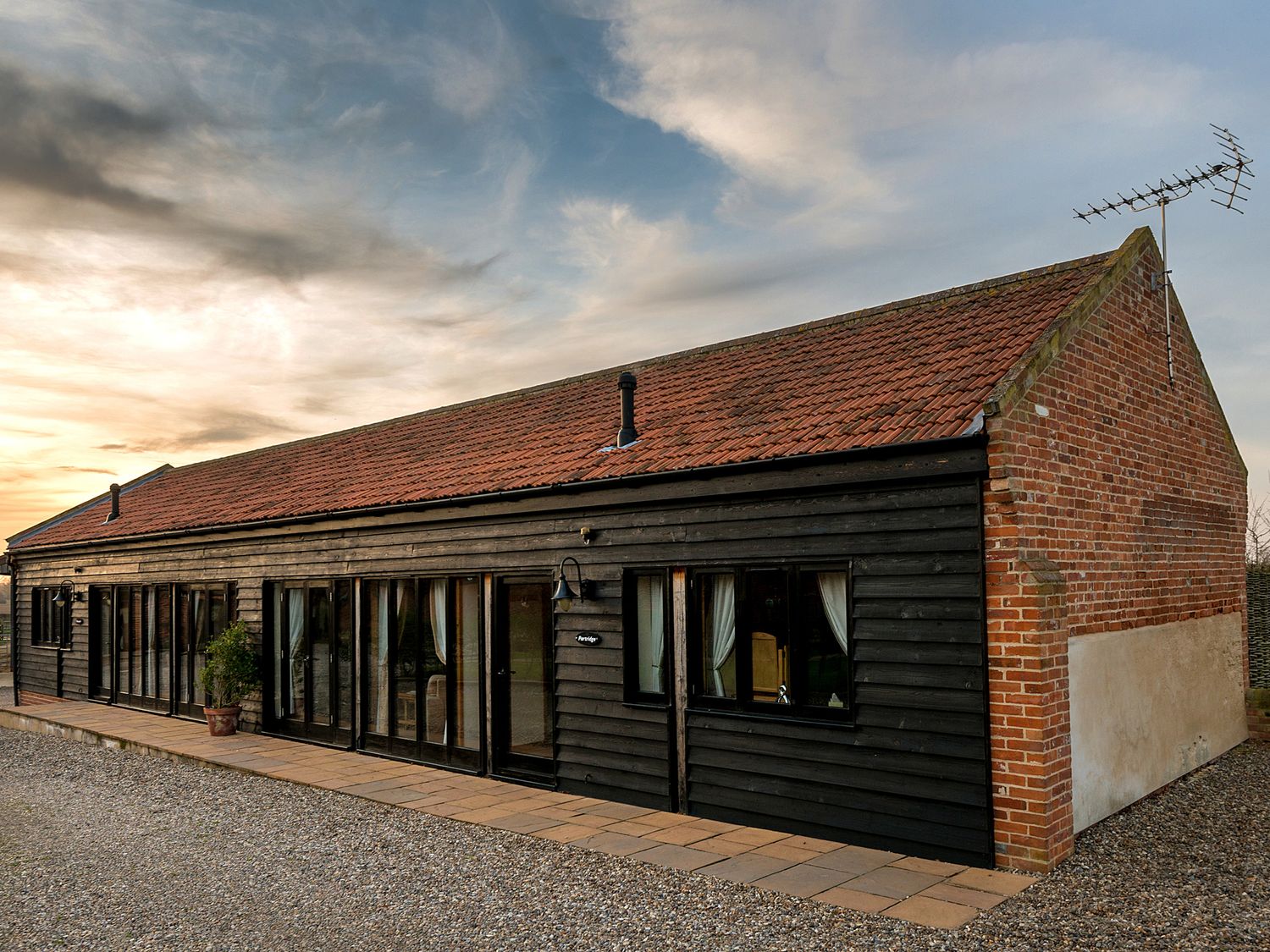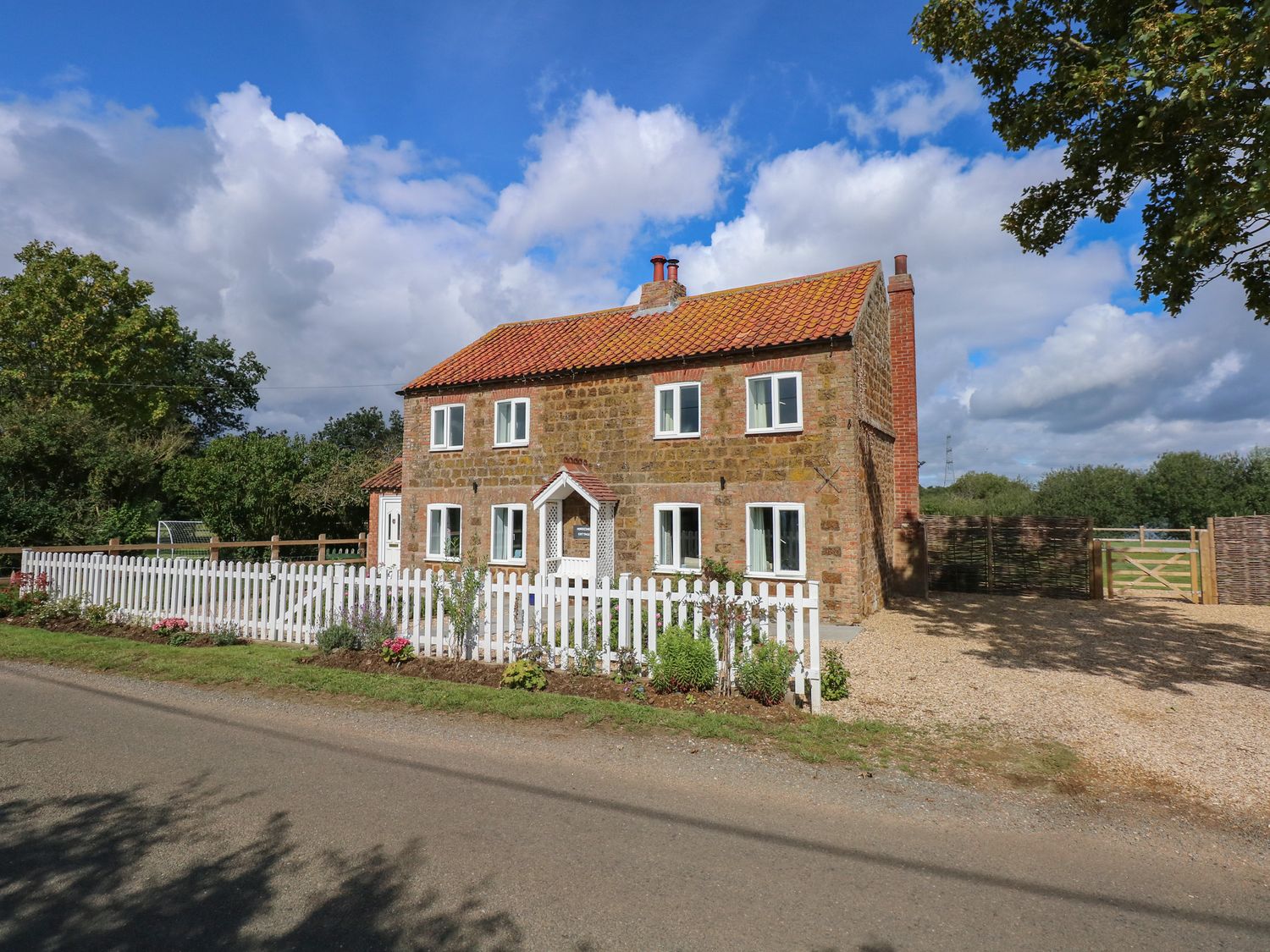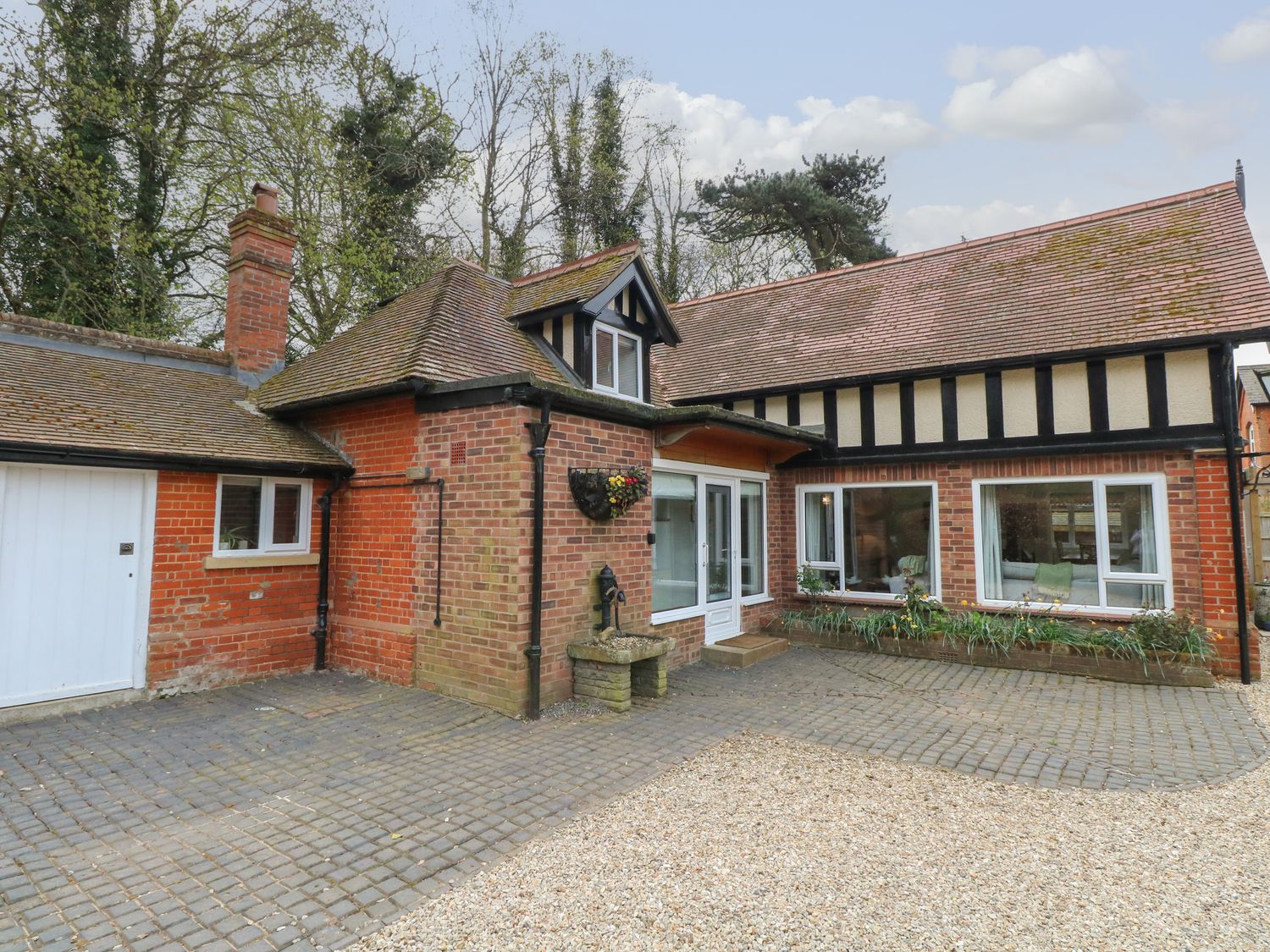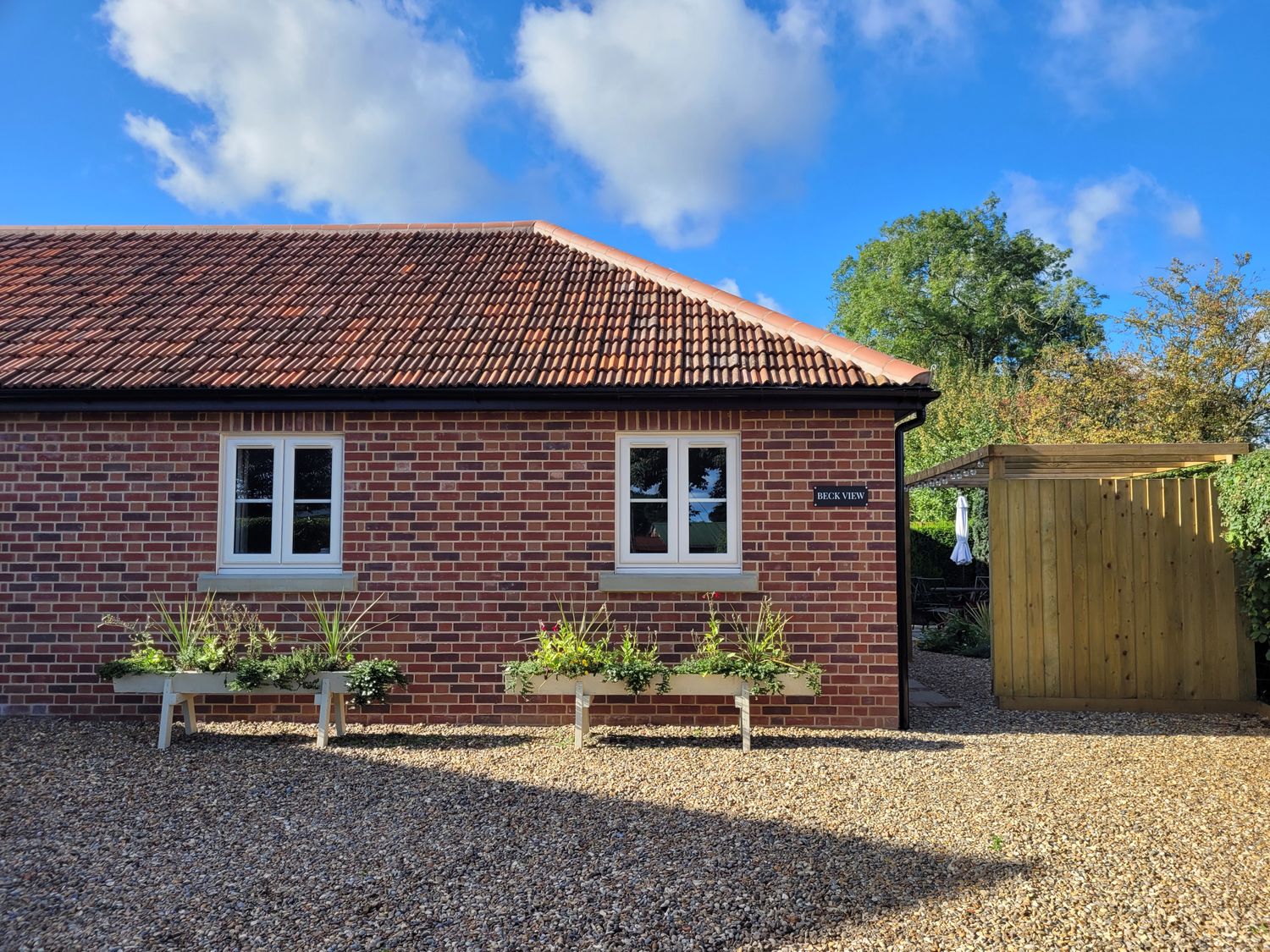visit britain's
national parks
NATURE’S PLAYGROUNDS
The Broads National Park, located in East Anglia, is a unique and enchanting wetland network of rivers, lakes, and marshes.
Covering over 303 square kilometres (117 square miles) across Norfolk and Suffolk, it’s the largest protected wetland in Britain and a haven for wildlife, outdoor enthusiasts, and those seeking tranquillity on the water. Known for its peaceful beauty, historic windmills, and diverse ecosystems, the Broads offer a perfect escape into nature and a fascinating glimpse into the history of this watery landscape.
Landscape
The Broads National Park is a lowland area made up of seven rivers and 63 shallow lakes, known locally as broads. These bodies of water were formed in the Middle Ages, after medieval peat diggings were flooded. The park’s flat, open landscape is characterised by wide waterways, lush reed beds, open skies, and picturesque villages.
Historic windmills dot the horizon, reminders of the Broads’ history as a working landscape where wind pumps were used to drain the wetlands for agriculture. Today, these windmills add to the park’s charm and provide excellent photo opportunities as you explore the waterways.
Wildlife
The Broads are a biodiversity hotspot, home to some of the UK’s rarest species, making it a dream destination for wildlife lovers. The park’s wetlands, fens, and woodlands provide perfect habitats for a wide variety of birds, plants, and mammals.
Bittern: One of the park’s star attractions, the elusive bittern is a rare and secretive bird known for its booming call. The Broads is one of the best places to spot this endangered species.
Swallowtail Butterfly: The UK’s largest and most striking butterfly, the swallowtail, can be found in the Broads, especially in the summer months.
Otters: These playful creatures are making a comeback in the Broads, and lucky visitors may catch a glimpse of them swimming in the rivers.
Marsh Harrier: With its graceful flight and distinctive silhouette, the marsh harrier is a regular sight soaring over the reed beds in search of prey.
Water Voles: Once under threat, water voles are now being reintroduced in the park, and their presence is a sign of the park’s thriving ecosystems.
Outdoor Activities
The Broads is a paradise for those who enjoy exploring the outdoors, offering a range of activities that allow visitors to experience the waterways and surrounding countryside.
Boating: The Broads are best explored by boat, and visitors can hire everything from traditional sailing boats to motor cruisers. A day spent meandering down the rivers, stopping at picturesque villages, is a quintessential Broads experience.
Canoeing and Kayaking: For a quieter, more intimate experience of the waterways, take to the water in a canoe or kayak. Paddle through the peaceful channels, watching wildlife from the water’s edge.
Cycling: The park’s flat terrain and well-marked routes make it ideal for cyclists. The Three Rivers Way and Broads by Bike trails offer scenic routes through villages and alongside rivers.
Hiking: Explore the Broads on foot with several well-trodden paths that take you through wetland scenery, historic sites, and nature reserves. The Wherryman’s Way is a popular trail, winding through the heart of the park.
Birdwatching: The Broads is one of the best birdwatching locations in the UK. The reserves at Hickling Broad and Ranworth Broad offer excellent hides and viewing platforms for observing birdlife.
Attractions in the park
While the natural beauty of the Broads is a major draw, the park is also home to several fascinating attractions that give insight into the history and culture of this unique region.
Horsey Windpump: One of the most iconic landmarks of the Broads, this restored windpump offers stunning views of the surrounding landscape and insight into the region’s heritage.
Thurne Mill: A picturesque windmill on the River Thurne, perfect for photography and learning about the history of drainage in the Broads.
Fairhaven Woodland and Water Garden: A serene garden with miles of woodland paths, secret water channels, and abundant wildlife.
Blickling Hall: This grand stately home near the Broads offers beautiful gardens and an insight into the lives of English nobility.
Wroxham: Often called the “Capital of the Broads”, this charming village is a popular base for boat trips and home to the Bure Valley Railway, a scenic narrow-gauge railway.
Places to visit
Things to do
Conservation
Conservation is a vital part of the Broads National Park’s mission, as the area is a fragile wetland ecosystem. The park is home to several Sites of Special Scientific Interest (SSSIs) and National Nature Reserves that protect rare species and habitats. Projects focus on controlling water levels, managing reed beds, and safeguarding endangered species like the bittern and water vole.
Visitors can help preserve this delicate environment by adhering to the Broads Authority’s guidelines, including responsible boating, staying on marked paths, and avoiding disturbing wildlife.
Tips for visiting
Boating Experience: No previous boating experience is needed to hire a boat on the Broads, as full instructions are given. Be sure to book in advance during peak season.
Best Time to Visit: Spring and summer offer the best weather and wildlife sightings, but the Broads can be equally beautiful in autumn and winter, with fewer crowds.
Weather: The open landscape means the weather can be unpredictable, so pack waterproofs and be prepared for wind, even in summer.
Local Food: Enjoy fresh local produce in the many riverside pubs and restaurants, including Norfolk seafood and Suffolk cider.
Leave No Trace: Follow the Countryside Code, taking care not to disturb wildlife, and dispose of all rubbish responsibly to help protect the environment.
The Broads National Park is a haven for wildlife, a peaceful retreat for water lovers, and a destination rich in history and culture. Whether you’re exploring by boat, hiking the scenic paths, or simply enjoying the tranquillity of the wide, open landscape, the Broads offers an unforgettable experience. With its abundant birdlife, exciting outdoor activities, and historic landmarks, the Broads National Park invites visitors to immerse themselves in one of England’s most unique and treasured natural environments.
Take the train
Enjoy fantastic savings on great British days out with Railcard

CHOOSE THE RAILCARD THAT’S RIGHT FOR YOU





